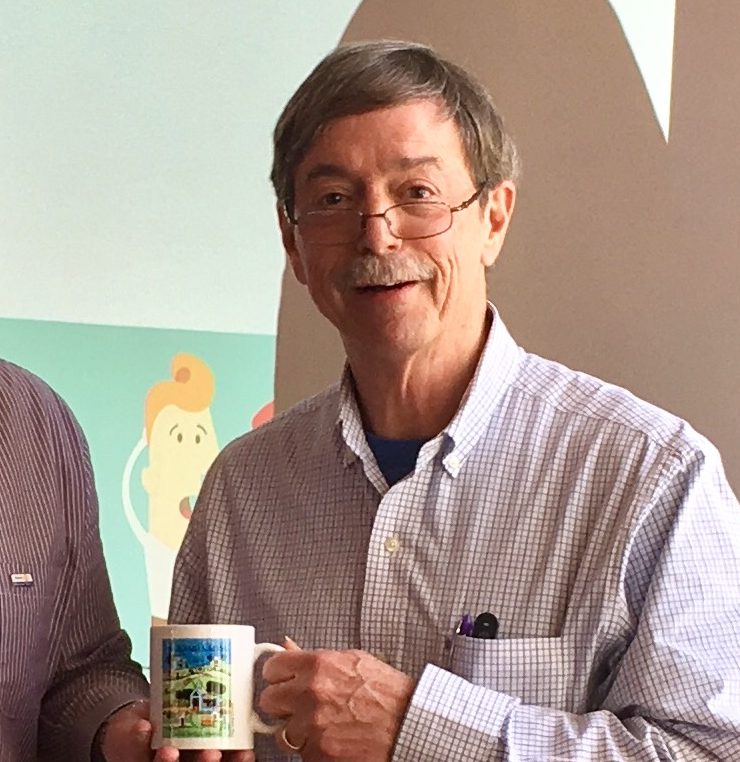Your cart is currently empty!
Brain Teasers 15-12
Added 8/24:
5. Find a three-digit perfect cube whose digits add to a perfect square. (Hint: there aren’t many possibilities.)
6. (Have I done this one before?) What are the next three letters in this common sequence: O, T, T, F, F, S, S, __, __, __ ?
7. (For Math Nerds?) A “20 inch” bicycle has wheels with a radius of 10 inches. How many revolutions (roughly) do the wheels make in a mile ride?
1. Old MacDonald had some hens and some rabbits. Together, these animals have eight heads and twenty-two feet. How many of each did Farmer Mac have?
2. Al, Bob, Carl, and Dave were standing in line. Dave was not first. Bob was between Al & Carl. Al was between Dave and Bob. In what order were they standing in line?
3. You lost your place in the book when you dropped it on the floor, but for some reason, you remembered that the product of the pages is 16,002. (Yeah, I know! Just play along. :-)) What are the page numbers?
4. Pick any two-digit prime number. It turns out the the number on one side or the other of the prime will be divisible by 6. Why?

Comments
7 responses to “Brain Teasers 15-12”
For question #2… who is JOE?? It starts out as Dave, Al, Bob, and Carl. Then one of the clues says that Al was between Dave and Joe. Was this on purpose or should that be between Dave and Bob??
Darn!! See – Monday morning happens to me, too!! 🙂 JOE is Bob. 🙂 The book I took this from had JOE and I decided to replace him with BOB (for alphabetical reasons, of course!), and I thought I got them all!! Sigh. I’ll go change it now, so that maybe everyone else today will read the right thing – and wonder what we’re talking about! 🙂
I really like #4! It made me use the “little grey cells”!
Thanks, Patti! I’ve got so many ‘little grey cells’ gasping for breath these days, I need something like that, too! 🙂 Hope all is well!
1. Using a system of equations I got 3 rabbits and 5 hens.
2. (1) Carl (2) Bob (3) Al (4) Dave
3. pages 126 & 127 (I think students would probably use guess and check)
(It’s too early in the day to get my brain geared up for #4!)
I don’t understand how to figure out #3, can someone help out?
Answers to BT-15-12
1. there are 5 chickens and 3 rabbits
2. C-B-D-A
3. pages 126 and 127 (this is more about being able to use a search engine than math)
4. I have a complex answer in 4 parts:
Part 1: All 2-digit prime numbers are adjacent to a multiple of 6. The question is why is this true? One approach to examine adding 6 to the prime numbers. If you add 6 to any odd number, the result is not consistently adjacent to a multiple of 6. However, if you add 6 to any 2-digit prime starting with 11 the result is either another prime number or a number that has factors that are only prime numbers = 17, 23, 25 (factor 5), 31, 35 (factors 5 and 7), 27, 41, 47, 53, 55 (factors 5 and 11), 61, 65 (factors 5 and 13), 73, 77 (factors 77), 83, 91 (factors 7 and 33), 95 (factors 5 and 19), 97, and 101.
What is special about adding 6 to prime numbers? a) the series of prime numbers starts with 11, which is adjacent to a multiple of 6. b) adding 6 to prime number frequently results in another prime number which means those prime numbers will also be adjacent to a multiple of 6. c) additionally, adding 6 to some prime numbers produces a number that is special – a number whose multiplication factors are only prime numbers. As it turns out multiplying prime numbers with a product up to 119 will produce a result that is adjacent to a multiple of 6.
Part 2: An observation – the number 6 has 2 factors that are also prime numbers – 2 and 3. Thus all of the adjacent multiples of 6 to the prime numbers are also multiples of both 2 and 3 – both of which are prime numbers.
Part 3: An observaiton – all prime numbers from 5 to 293 are adjacent multiples of 6 and if 6 is added to 5, 7, or any 3-digit prime up to 293 the result is another prime number or a number whose factors are only prime numbers.
Part 4: Hypothesis #1: All prime numbers above 3 are adjacent to a multiple of 6. (I haven’t a clue on how this can be proven).
Hypothesis #2: When 6 is added to all odd prime numbers the result is another prime number or a number whose factors are only prime numbers. (I haven’t a clue on how this can be proven).
Hypothesis #3: Multiplying any prime number by any set of prime numbers produces a result that is adjacent to a multiple of 6.
Addendum: My wife tells me I need to get a life.